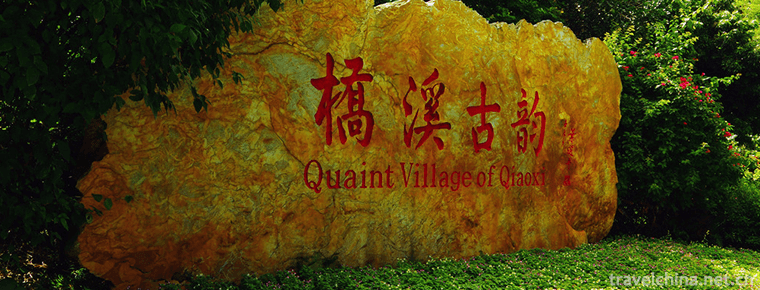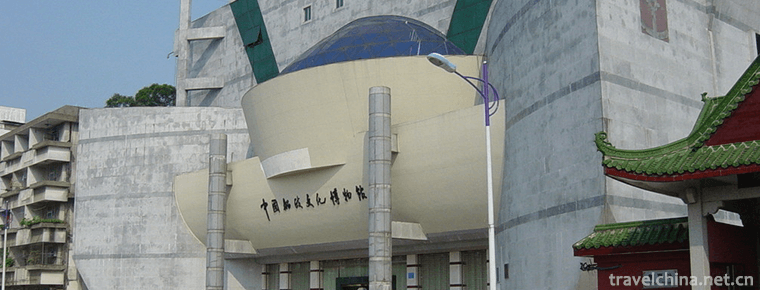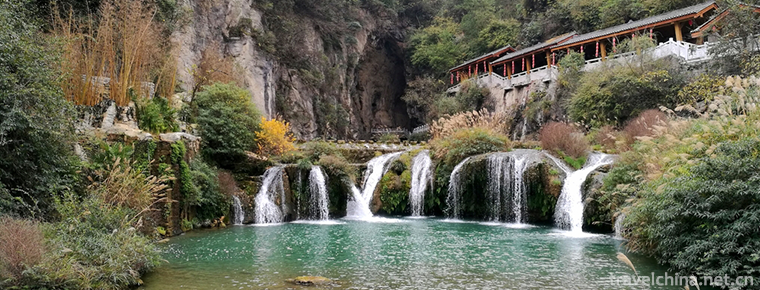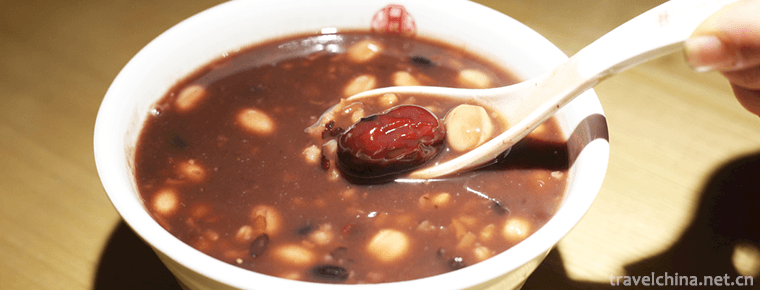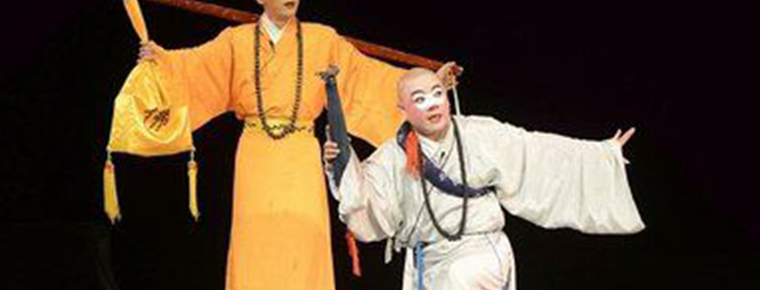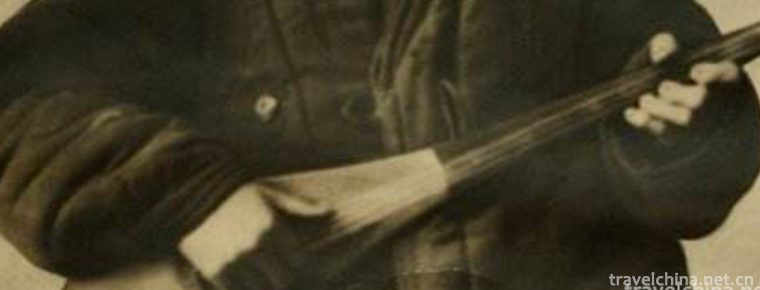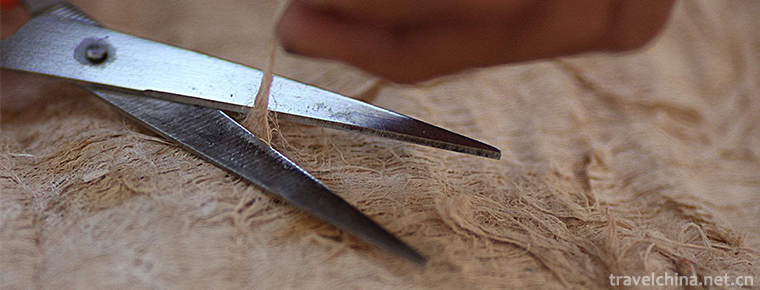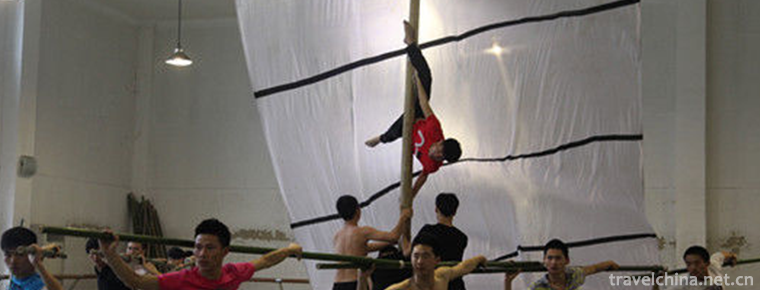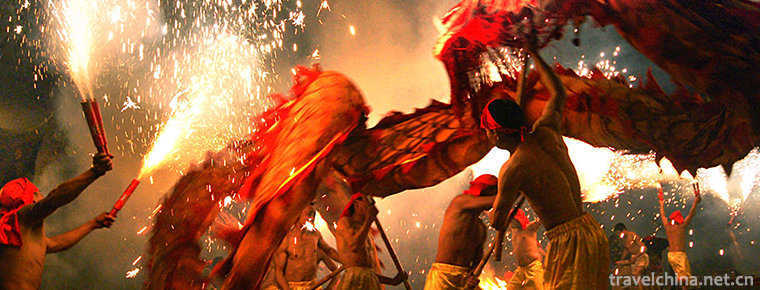Production Techniques of Black Copper Walking Silver
Production Techniques of Black Copper Walking Silver
Wutong Silver Making Skills, the local traditional skills of Shiping County, Yunnan Province, one of the national intangible cultural heritage.
The process of making silver from black copper is very complicated. Usually, it has to go through nearly 20 processes, such as refining copper, blanking, pattern carving, silver walking, forming, polishing and enthalpy black, to form a silver from black copper.
On May 23, 2011, the craftsmanship of bronze walking silver was approved by the State Council of the People's Republic of China and included in the third batch of national intangible cultural heritage list, project number_-195.
historical origin
According to historical records, the production technology of silver-moving bronze originated in Yongzheng period of Qing Dynasty (1723-1735). It has a history of nearly 300 years. It was created by Yueyong Brothers, descendants of Yuejiawan Village, Shiping County, Yunnan Province, and has always been the exclusive management of Yue's family.
According to legend, the Bronzer named Shiping Yiyue accidentally dropped the gold ring into the copper smelted. Later, it was found that the copper smelted by him was as black as coal, and then carved patterns on the surface of the bronze ware, embedded in the silver scraps, and made the earliest black copper silver. In the production process, the Yuejia has always adhered to the conservative concept of "passing on the inside without passing on the outside" and "passing on the male without the female".
Decline phase
During the period of the Republic of China, Yue family used to produce and sell bronze and silver utensils in Minsheng Street in Kunming. In the later period, due to the shortage of raw materials, production was gradually depressed, and skills were transferred to Yue Zhongmin. Because Yue Zhongmin had no children, he had to inherit skills to Lang Shusu. Before the founding of New China, owing to the soaring price of gold, the lack of raw materials, the high cost of making bronze and silver, the high price, and the hardship of people's lives, even the wealthy families did not enjoy the elegance of bronze and silver. In this way, the products of bronze and silver were gradually depressed and the skills were lost.
Re-energizing period
By the 1960s, bronze and silver handicraft almost disappeared. Yue Zhongxiang, the only descendant of the Yue family, had a high incidence this year. However, he had more than enough efforts to revitalize his ancestral career. Yue Lijuan, her daughter, decided to revitalize her family in the early 1990s to follow her father in learning and researching her ancestral bronze and silver-moving craft. Under the guidance of her father, Yue Zhongxiang, after painstaking research and repeated practice, she used special formula smelting to carve out plum, orchid, bamboo, chrysanthemum, peony, lotus and other patterns by hand on the copper sheet. Silver was "moved" into the trough, and black copper and silver handicraft was produced, which finally made the handicraft of ancestors come to life.
Technological characteristics
Black copper silver production skills, fine production, material selection, time-consuming. It carves exquisite decorative patterns on the surface of the tire with alloy copper, then flows melted silver into the engraved decorative patterns. After cooling, polishing and polishing, the copper becomes black and shiny after special oxidation treatment. The silver pattern reflects the fine silver pattern, showing a distinct black and white decorative effect. The objects are elegant and elegant. Usually, bronze and silver-moving handicraft articles are hand stoves, four treasures of study, wine utensils, vases, penholders, incense burners, ink cartridges, penholders, pipe and other small objects. Common patterns include flowers and birds, fish, birds and animals, meilan, bamboo chrysanthemum, Eight Immortals crossing the sea, dragon wind, deer Crane and so on.
Technological process
Making black copper and silver is a complex process. Craftsmen must master the skills of smelting alloys, sculpture, calligraphy, painting, micro-sculpture and so on. The main equipments are bellows, melting furnaces, hammers (large and small), pliers, and chips of different sizes (chips for engraving patterns).
Ultraviolet bronze silver production technology, generally through the refining of Ultraviolet bronze, blanking, engraving patterns, silver, forming, polishing, enthalpy black and other nearly 20 processes. The process flow is all manual operation, mainly including the following steps:
(1) Smelting black copper
Gold and other metals are added to the molten copper water to melt it into black copper. This is a key technology, raw material formulation is the most important.
(2) Forming of cast and forged copper sheets
The melted bronze fluid solution is cast into thin pieces, and then manually forged to the required thickness, sheared and welded to the basic shape of the vessel.
(3) Engraving decorations
The pattern texture needed to be carefully chiseled with chips on the moulded bronze utensils depends on the wall thickness of the bronze sheet. It is said that after cutting, a kind of ancestral "welding flux" should be applied to the marks.
(4) Silver walking
The melted silver solution is poured into the groove of sensitive decoration engraved on the surface of black copper. The temperature control of this step is very critical, because the melting point of copper and silver is very close, only 130 degree difference. Once the temperature is not well controlled, black copper may melt simultaneously when silver is removed. This step is also the most critical technology for silver-moving copper.
(5) Welding, assembly and polishing
All the parts that have been made are welded and polished with sandpaper and sand dump.
(6) discoloration of utensils
Before discoloration treatment, the color of utensils is still copper. The method of discoloration of utensils is to let the utensils enthalpy repeatedly in the hands, when the heat is hot and the hands are sweaty, the red copper of utensils can turn into black copper in half a day. Otherwise, the artificial oxidation time will be longer.
Inheritance and Protection
Inheritance value
Historically, Wutong Rongyin was once as famous as Jingtailan in Beijing, and it was also known as "the double masterpieces of copper art in the north and the south". Its products are mostly daily appliances such as ink cartridges, pen cartridges, wine pots, incense burners, vases and so on. They are exquisite in shape and fine in production. They can be called fine works of art and have high collection value. Traditional techniques such as metallurgy, engraving and painting, which have been accumulated for hundreds of years, are also of great research value in history, science and culture.
Current situation of inheritance
In the 21st century, with the rapid advancement of modernization, the traditional production technology of black copper and silver has been greatly impacted, and the survival is worrying. Few people know this technology. Due to the inheritance within the family, manual operation, the reluctance of most young people to learn, and the high price of products, the production technology of black copper walking silver is facing the endangered situation of few successors.
Heritage figures
Jin Yongcai, male, Han nationality, was born in 1953. In May 2018, Jin Yongcai was selected as the representative successor of the fifth batch of national intangible cultural heritage projects. Shiping County, Yunnan Province, declared the project: black copper and silver making skills.
protective measures
In August 2010, the "Bronze and Silver Heritage Hall" in Guandu ancient town of Kunming officially opened classes for apprentices, and Jin Yongcai, the inheritor of intangible cultural heritage named by Yunnan Provincial Cultural Department, opened classes.
In June 2014, the Wutong Walking Silver Branch of Yunnan Arts and Crafts Industry Association was established in Guandu Ancient Town intangible cultural heritage protection center.
social influence
Important Exhibitions
In December 2016, Yunnan intangible cultural heritage exhibition appeared at the 11th Confucius Institution Congress, and the production techniques of bronze and silver and other projects and their successors were exhibited live.
In September 2018, at the 10th Zhejiang - China intangible cultural heritage exposition, bronze walks silver handicraft and other exhibitions.
Honorary recognition
In October 2010, "Inverted Qiankun Wine Ware" won the 11th China "Tian Craft Court - Baihua Cup" bronze award.
In May 2011, "Four Seasons Peace Vase" won the silver prize of the 7th China (Shenzhen) International Cultural Industry Expo and Fair.
In October 2011, "Wufu Shoushou Yinfangding" won the twelfth Gold Award of "Tian Craft Garden - Baihua Cup".
In March 2012, "Fushou Wandai Bottle Appreciation" won the "2009-2011 National Training Project of Chinese Arts and Crafts Outstanding Student Works Award".
In May 2012, the winemaker was awarded the Master's Prize of Excellence at the 8th China (Shenzhen) International Cultural Exposition.
In January 2013, "Songhe Yannian Water Pipe" won the Gold Prize of Kunming Guandu Third National Non-Heritage Festival Exhibition.
In June 2013, "24 Filial Piety Fumigating Furnace" won the Gold Prize of China Arts and Crafts Exhibition.
In August 2014, "Eight Immortals Pray for Blessing Hulu" won the Gold Prize of "National Art Cup" at the 2014 China Arts and Crafts Exhibition.
In March 2015, the "Incense of Staying Time" was permanently collected by the American Children's Museum.
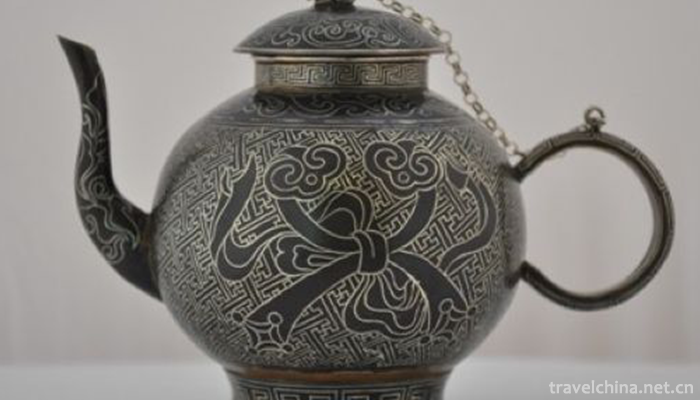
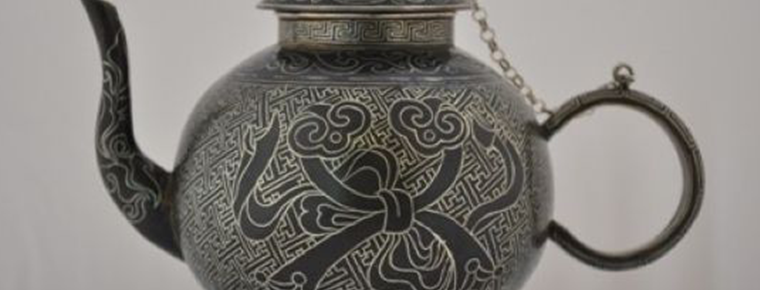
Production Techniques of Black Copper Walking Silver
-
Yan Nanfei Tea Field Scenic Area
Yannan Fei Tea Field Resort, located in Yanyang Town, Meixian District, Meizhou City, is the first AAAA-level tourist attraction in eastern Guangdong Province, and has been upgraded to 5A-level touris
Views: 196 Time 2018-12-12 -
Mawei Shipping Museum
The Mawei Shipbuilding Cultural Heritage Group in Fuzhou is centered on the Chinese Shipbuilding Cultural Museum, including Zhongpo Battery, Zhaozhong Temple, British Consulate
Views: 242 Time 2019-02-06 -
Tianhetan Scenic Area
Tianhetan is located in Shibanzhen, Huaxi District, Guiyang City, Guizhou Province. It is a scenic spot with typical karst natural scenery as the main part and historical celebrities
Views: 133 Time 2019-02-21 -
Little Three Gorges
Wushan Xiaoxiao Three Gorges is the general name of Changtan Gorge, Qinwang Gorge and Sanzhuang Gorge on Madu River, a tributary of Dicuixia of Daning River. Wushan Xiaoxiao Three Gorges is known as t
Views: 201 Time 2019-02-25 -
Babao black rice porridge
Babao black rice porridge is a traditional snack and a food for Laba Festival. Purple and black, soft and waxy, sweet and fragrant. Developed from Babao glutinous rice porridge, it has the function of
Views: 203 Time 2019-03-25 -
Hit City drama
Dacheng Opera, a local traditional drama in Quanzhou City, Fujian Province, is one of the national intangible cultural heritage.
Views: 218 Time 2019-04-22 -
Kirgiz Kumzi Art
Kumzi is an ancient plucked instrument unique to the Kirgiz people. The meaning of "Kumzi" Kirgiz people is "beautiful musical instrument". Mainly spread in Xinjiang Kirgiz Autonom
Views: 193 Time 2019-05-09 -
Production Techniques of Bark Cloth of Li Nationality
Li bark cloth production technology is based on the bark of plants as raw materials, after beating technology to produce cloth technology.
Views: 121 Time 2019-05-12 -
Lishui Shipmans Chant
Lishui Shipman's Chant is a unique work chant transformed from local minor. It is a kind of traditional folk music with strong rhythm, which reflects the hard life of the shipmen and the work scene in
Views: 142 Time 2019-05-13 -
Dragon Dance
Dragon dance, also known as "Dragon Dance", is also called "Dragon Dance", "Dragon Lantern Dance" or "Dragon Dance Lantern Dance", one of the traditional Chines
Views: 141 Time 2019-05-14 -
University Of International Business And Economics
The University of Foreign Economic and Trade is a national key university directly under the Ministry of Education. The first batch of "211 Project" and the first batch of "double first
Views: 132 Time 2019-09-22 -
Tianshi cave
Tianshi cave, also known as Chang Taoist temple, is the most important Taoist temple in Qingcheng Mountain. In 1983, it was designated as the national key Taoist temple by the State Council. In addition, there are four palaces in Qingcheng Mountain: Jianfu palace, Yuanming palace, Yuqing palace and Shangqing palace.
Views: 355 Time 2020-11-08
